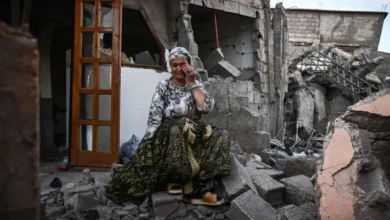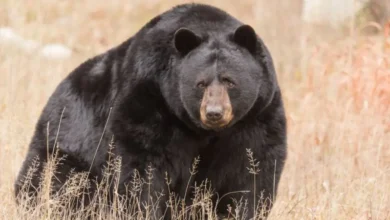Tibetan woman makes history as she flies fighter jet

Born in May 2000 in Lhokha city in the Xizang autonomous region, Kelsang Pedron was studying at the Beijing Tibet Middle School in 2017 when she heard that a senior student of the school had secured a place at the Air Force Aviation University to learn how to fly military aircraft.
That nugget of information planted the seeds of what then seemed like an unattainable dream in the young girl’s mind. After all, no Tibetan woman had ever flown a military aircraft in China till then.
“Becoming an Air Force aviator is glorious and I wanted to try so that I could safeguard the motherland’s blue skies. But flying appeared to be a distant dream for me, an ordinary girl, at that time,” Kelsang Pedron said, adding that it all changed when she saw China’s first two female astronauts, Liu Yang and Wang Yaping, on television.
“I wanted to become as smart and cool as they are,” she recalled, adding that the female astronauts’ stories inspired her to pursue her dreams with courage and determination.
Two years later, opportunity came knocking when her teacher announced that the PLA Air Force was recruiting female flight cadets, and encouraged interested students to apply.
An excited Kelsang Pedron immediately turned to her parents, seeking their permission and support.
“My dad said yes without hesitation. He also encouraged me to bravely give it a shot. So I told my teacher that I would apply and soon began to prepare for the initial selection tests,” she said.
After the initial tests, the teenager was shortlisted with more than 200 other schoolgirls from across the country for the last round of the process, which would see 40 applicants being accepted at the Air Force Aviation University in Changchun, Jilin province.
Kelsang Pedron passed all the tests. What’s more, she also secured a high score in the National College Entrance Examination.
In August 2019, Kelsang Pedron reported at the Air Force Aviation University, becoming the first-ever Tibetan woman to start learning combat aircraft operation. Tibetan aviators have been part of the Chinese armed forces since the mid-1970s, but all of them have been male.
According to her instructors, Kelsang Pedron has trained very hard to excel in her chosen career as an aviator.
So far, she has flown basic and advanced jet trainers and recently passed a solo flight test in a fighter jet.
“Now I have my wings. Passing the solo flight test marked a step closer to my goal of becoming a real combat pilot one day,” the Tibetan woman said. “In the Tibetan language, Kelsang sometimes refers to a kind of a beautiful flower that represents the Tibetan people’s desire for happiness and luck. I will continue to train hard so I can fly above this nation to safeguard the people’s happiness and luck.”
The PLA admitted its first female pilots in 1951. Since then, hundreds of women have flown for the force. The PLA Air Force started recruiting female fighter pilots in 2005 and has since then turned dozens into combat aviators at frontline units.
“Flying a fighter jet is high risk and very challenging. It requires not only superlative technical skills but also high mental agility and aptitude. In this regard, it makes no difference whether you are male or female,” said Lieutenant Colonel He Xiaoli, one of the country’s first female fighter pilots who has served in the PLA Air Force for nearly 20 years.
In addition to the Air Force, the PLA Navy has also begun to recruit female flight cadets from last year, aiming to send those who will successfully graduate to operate combat planes on aircraft carriers.










